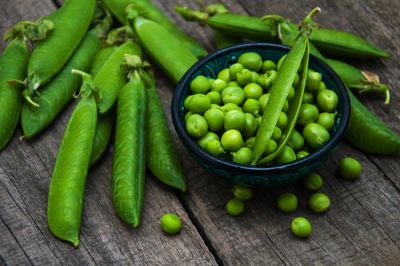Pea ‘Lincoln’ Information
Lincoln peas are hardly the new kids on the block. Gardeners have engaged in Lincoln pea growing since the seeds came on the market in 1908, and Lincoln pea plants have many fans. It’s easy to see why this is a popular type of pea. Lincoln pea plants are compact and easy to trellis. That means that you can grow them quite close together and get an abundant harvest.
How to Grow Lincoln Peas
Even with just a few plants, Lincoln pea growing will bring you a high yield. The plants produce many pods, each packed with six to nine extra-large peas. Tightly filled, the pods are easy to harvest from the garden. They are also easy to shell and dry well for next year’s seeds. Many gardeners can’t resist eating Lincoln peas from the garden fresh, even right from the pods. You can freeze any peas left over as well. If you are wondering how to grow Lincoln peas, you’ll be happy to hear that it’s not very difficult in U.S. Department of Agriculture plant hardiness zones 3 through 9. From germination to harvest is about 67 days. Lincoln pea growing is easiest in well-draining, sandy loam soil. Of course, you’ll need a site that gets full sun and regular irrigation from rain or hose is essential. If you want pea vines, space Lincoln pea plants a few inches (8 cm.) apart. They are compact and grow to 30 inches (76 cm.) high with a 5 inch (13 cm.) spread. Stake them up with a small pea fence or trellis. Lincoln peas in the garden can also be grown in bush form. If you don’t want to stake them, grow them this way. Plant these peas as soon as the soil can be worked in the spring. Lincoln pea plants are also great as a fall crop. If that’s your intention, sow them in late summer.
